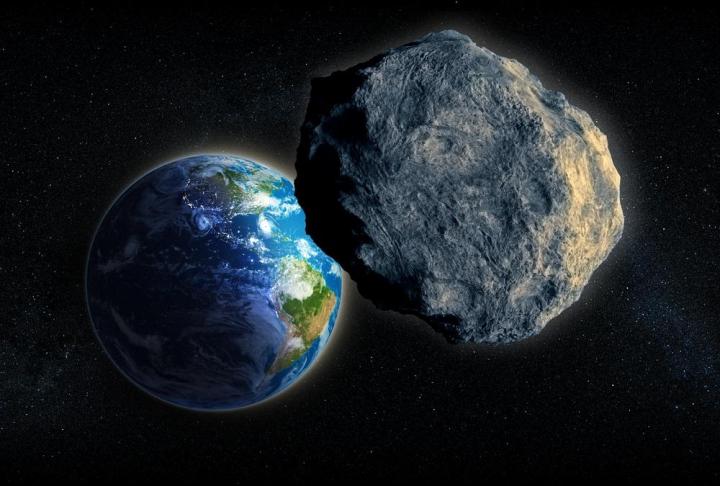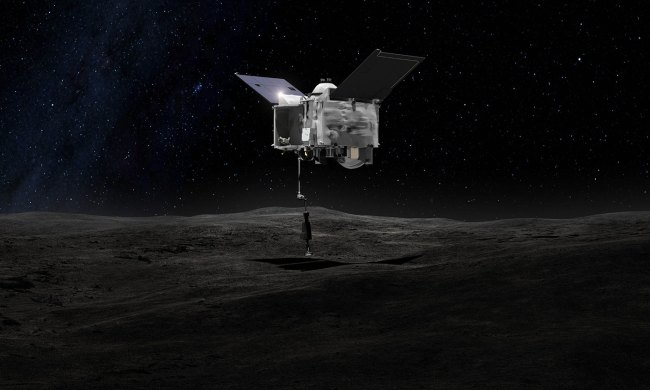
As asteroid 2016 RB1 passed under the Earth’s south pole, it didn’t disrupt communication or weather satellites, which orbit Earth a little over 22,000 miles away. If it weren’t for careful inspection from a team of astronomers at the Catalina Sky Survey, we may not have even noticed it.
The asteroid, 2016 RB1, was discovered on Monday by astronomers using the 60-inch Cassegrain reflector telescope positioned at the top of Mount Lemmon in the Santa Catalina Mountains near Tucson, Arizona. At 25 to 50 feet in diameter, 2016 RB1 is a fraction of the size of the largest asteroid to pass near Earth this year, 2016 FN56, which has a diameter between 115 and 280 feet.
NASA keeps a tally of all known asteroids as a part of its Near-Earth Object Program, which let’s scientists and members of the public track these space rocks. We’ll be visited by 2016 RB1 again but it won’t come as close to Earth as it did Wednesday for at least another 50 years, according to NASA.
Many scientists have a special interest in asteroids as ancient objects that offer insight into the formation of our solar system.
On Thursday night, NASA commenced a 7-year mission by launching OSIRIS-REx, a probe that will travel to a near-Earth asteroid named Bennu, where it will suck up dust samples and return them to Earth for observations. The agency is also working on the Asteroid Redirect Mission (ARM), which will see a spacecraft rendezvous with an asteroid, collect a boulder, and attempt to gently deflect the asteroid’s trajectory before returning to Earth. This maneuver, called a planetary defense demonstration, may one day help knock an inbound asteroid off its path toward Earth.


